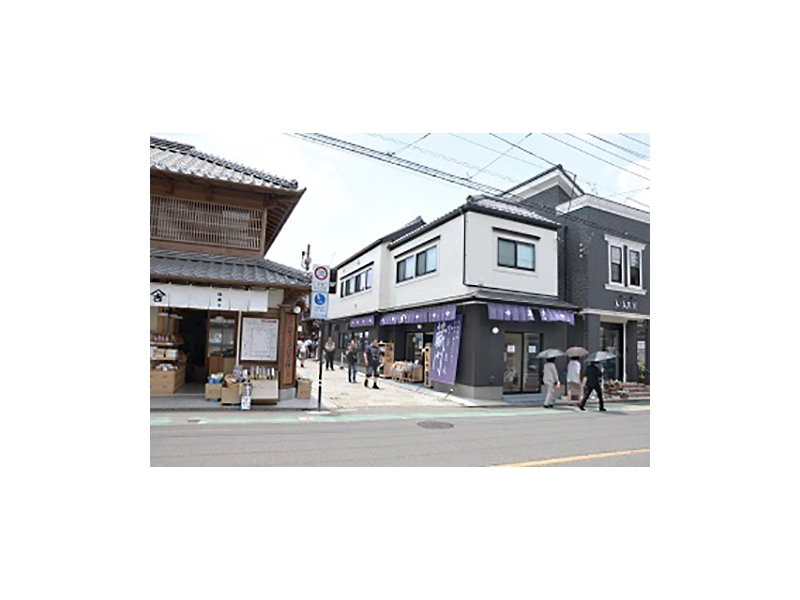(Temporarily Closed) Kawagoe Kurazukuri Museum
sightseeing

※The museum has been undergoing earthquake-proofing renovation since 2017, and is currently closed to the public. The Kawagoe Kurazukuri Museum was built by tobacco wholesaler Koyama Bunzō after the great fire in 1893 and designed referencing the few houses of Kurazukuri which survived the fire and merchant houses of the Tokyo Nihonbashi area. Visitors can tour the inside of the Kurazukuri houses of Kawagoe, where the atmosphere of the Meiji era can be felt to this day in the buildings' structure and design.
Basic Information
Location
Kawagoe Saiwaichō 7-9
TEL
049-222-5399 (Kawagoe City Museum)
Business hours / Fee
Business hours
9:00 - 17:00 (Last Entry 16:30)
Regular holiday
Mondays (except holidays)
The day after a holiday (except Saturdays or Sundays)
New Year's holidays (December 29 to January 1)
Facility maintenance day (every 4th Friday of the month, excluding holidays)
The day after a holiday (except Saturdays or Sundays)
New Year's holidays (December 29 to January 1)
Facility maintenance day (every 4th Friday of the month, excluding holidays)
Fee
General 100 yen/High School ・ University Students 50 yen / Free for those younger than middle and/or elementary school.
How to get there
Public transport
・Take Tobu bus from Honkawagoe Station of Seibu Shinjuku Line and get off at “Ichibangai” to immediately reach your destination
・Get off at “Kawagoe Station” of JR・Tobu Tojo Line and then get off at “Ichibangai” bus stop of the Tobu bus
・Get off at “Kawagoe Station” of JR・Tobu Tojo Line and then get off at “Ichibangai” bus stop of the Tobu bus
Car
About 15 minutes from "Kawagoe" Interchange of Kan-Etsu Expressway
Parking
Free:
Fee: None
Fee: None










